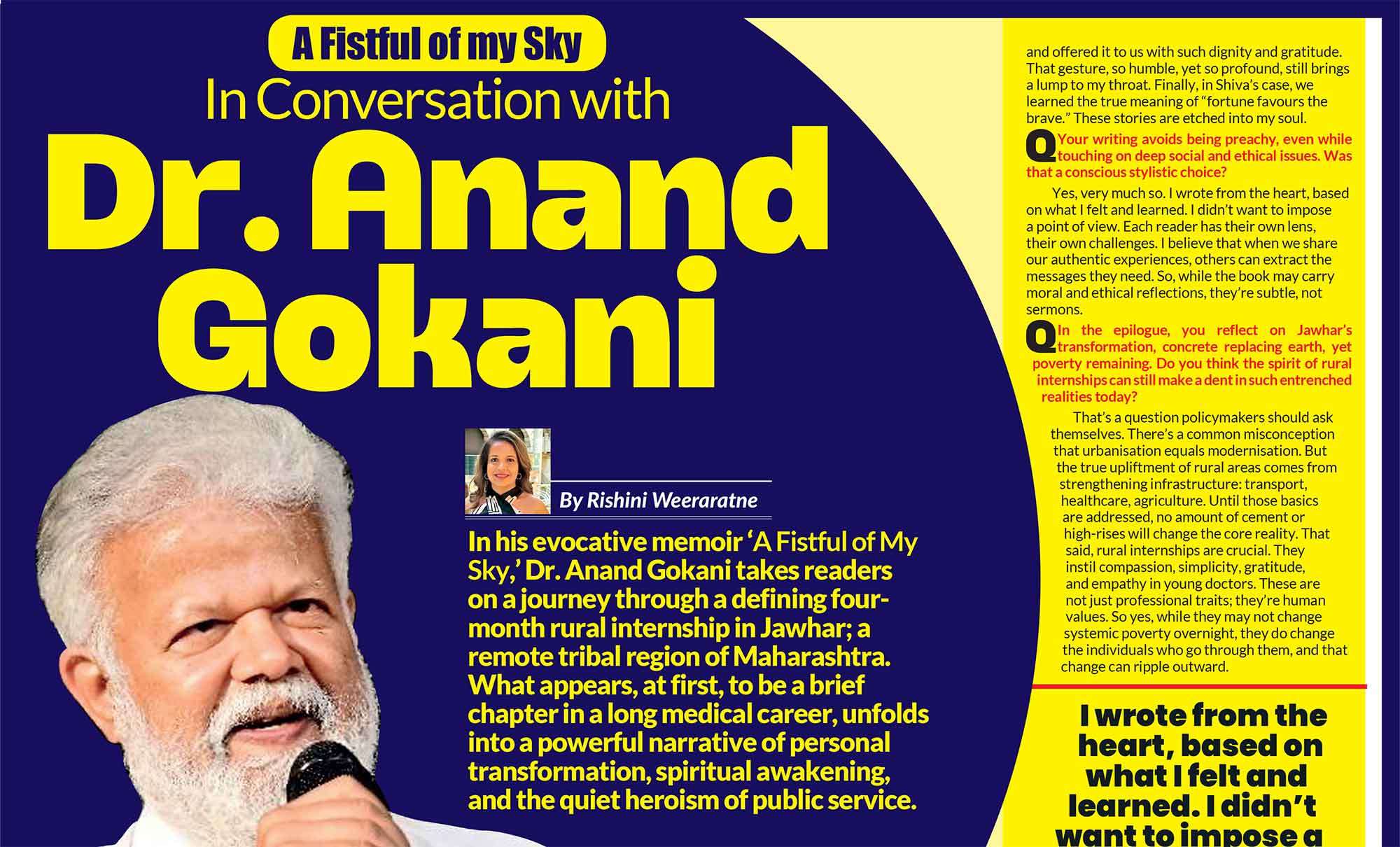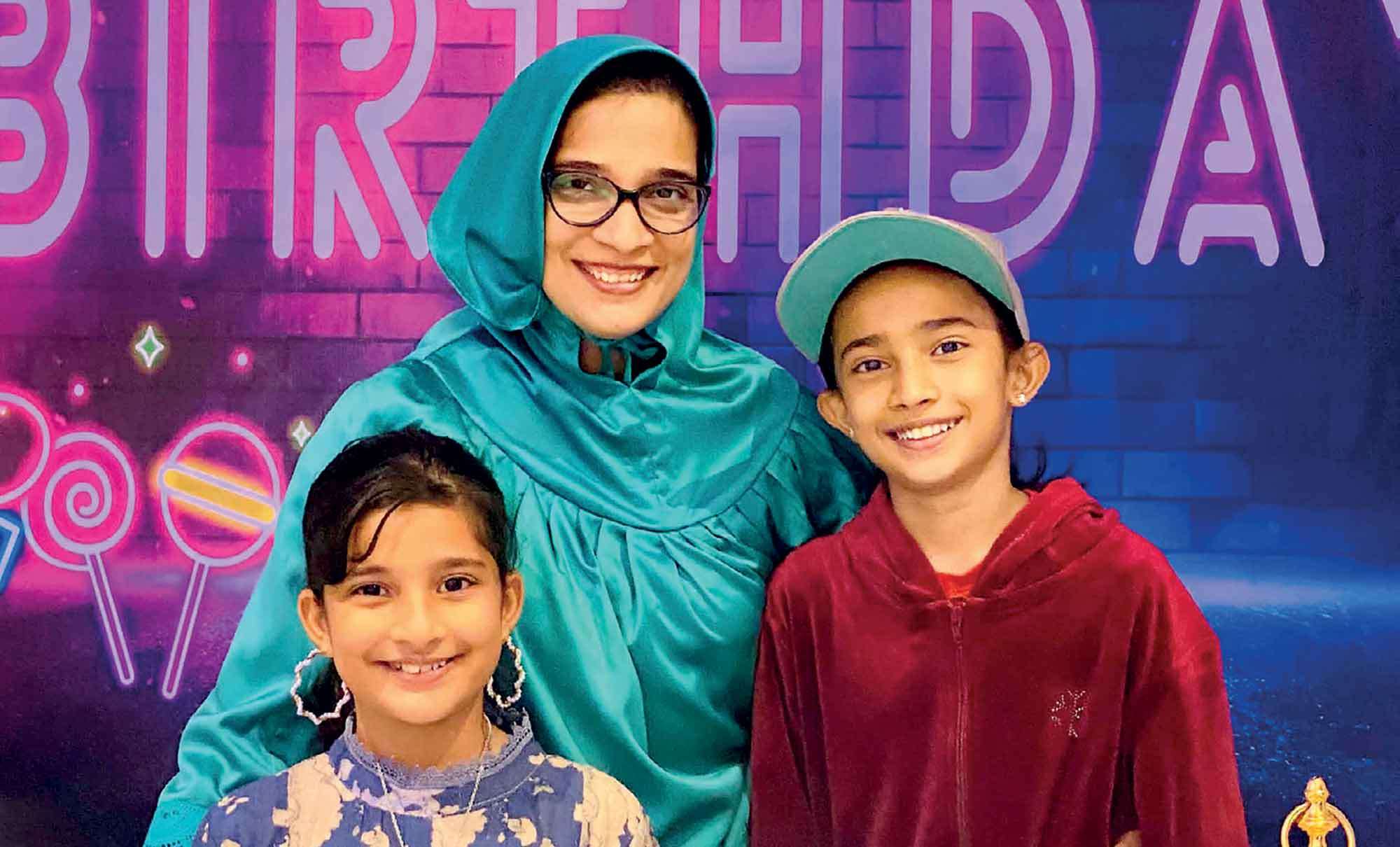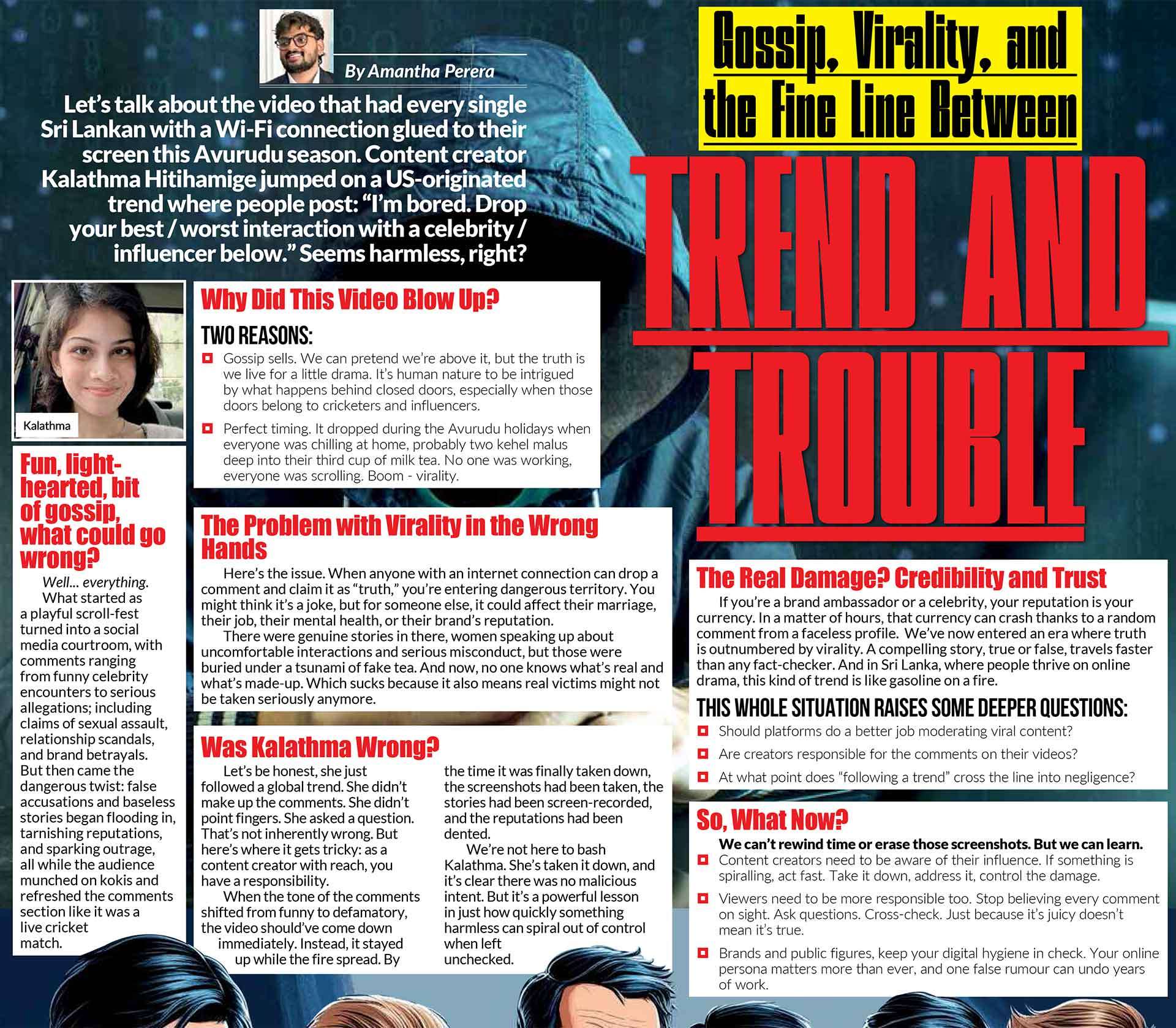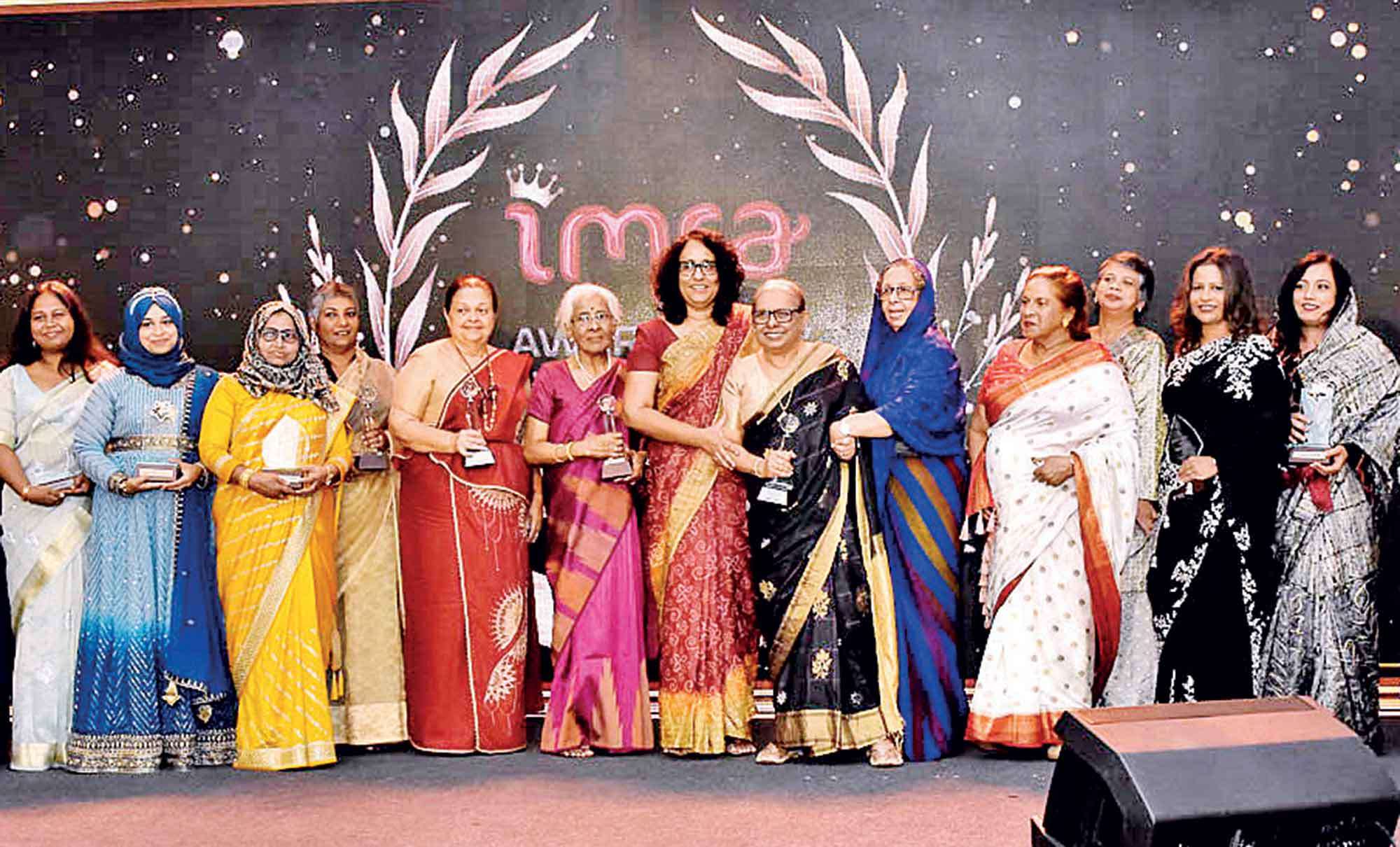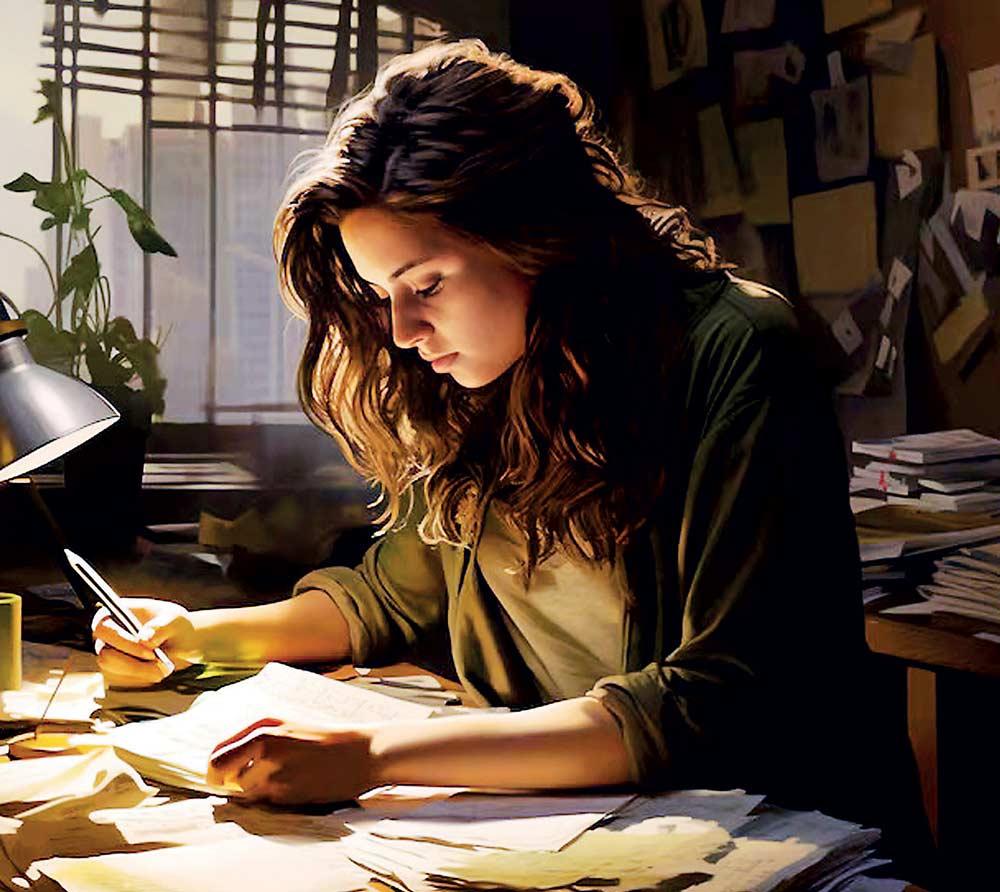

 Orthography, originating from the Greek orthographia, refers to the art of “proper” writing, a branch of study dating back to the 15th century. Orthographic fluency involves the mastery of letter patterns and combinations which enable an individual to read and process words accurately and speedily. While not necessarily the most difficult of languages, the English language is nevertheless considered to be a deep orthography, one reason being that it contains words with different pronunciations despite having the same spelling patterns, such as tough and though. But given that they have the world of the internet at their fingertips, and given that they are growing up in an environment where images have replaced words, is it of any use for us as parents to insist on our children learning the distinction between tough, though, thought, through, and thorough? What does it mean for the younger generation to falter when called upon to produce good, if not passable, orthography?
Orthography, originating from the Greek orthographia, refers to the art of “proper” writing, a branch of study dating back to the 15th century. Orthographic fluency involves the mastery of letter patterns and combinations which enable an individual to read and process words accurately and speedily. While not necessarily the most difficult of languages, the English language is nevertheless considered to be a deep orthography, one reason being that it contains words with different pronunciations despite having the same spelling patterns, such as tough and though. But given that they have the world of the internet at their fingertips, and given that they are growing up in an environment where images have replaced words, is it of any use for us as parents to insist on our children learning the distinction between tough, though, thought, through, and thorough? What does it mean for the younger generation to falter when called upon to produce good, if not passable, orthography?
What is the implication of sound orthographic fluency in your child?
By definition, the more fluent a student is in the art of orthography, the better his or her ability to read. But it doesn’t end there. Rather, this is the start of either a virtuous or vicious cycle, where the child’s fluency in reading determines his or her ability to communicate, listen, and comprehend, not just what is spoken, but also what is left unspoken, thereby contributing to emotional intelligence and, by extension, people skills.
A child with strong orthographic fluency is more likely to develop confidence in self-expression, a richer vocabulary, and a more nuanced understanding of social interactions. In contrast, poor orthography skills can lead to a whole host of issues, the worst of them being communication struggles, a diminished ability to engage meaningfully in discourse, and even emotional frustration stemming from an inability to articulate thoughts effectively.
 The impact of technology and AI.
The impact of technology and AI.
With the rise of digital tools, the necessity of mastering spelling and writing conventions has been called into question. Spellcheckers, autocorrect, and AI-powered writing assistants have made it easy, perhaps too easy, to bypass the need for strong orthographic skills. Why memorize the spelling of a word when a search engine can provide the answer in milliseconds? Why painstakingly craft a well-structured letter when ChatGPT can generate one in seconds?
The answer lies in the cognitive and emotional development that comes with mastering language. Writing is not merely about stringing words together, it is an exercise in critical thinking, self-reflection, and intentionality. When we allow technology to shoulder the burden of our communication, we risk losing the depth and richness of human expression.
Moreover, a reliance on AI can erode our ability to think independently, as we become passive consumers rather than active creators of language.
Parents be honest, would poetry such as the one above be understood by your child? The gaming experts amongst them may ever so faintly recall hearing them in the movie Lara Croft: Tomb Raider, however the meaning is more likely than not to have been completely beyond their comprehension. In asking the reader to “see a world in a grain of sand”, Blake is pointing out that the complex and vast nature of the universe can be seen in the most insignificant of things such as a “grain of sand” or “wildflower.” Furthermore, Blake is encouraging the reader to perceive beauty and wonder in the smallest of details, and by extension perhaps suggesting that the journey of life with all its ups and downs has more to offer us than the destination itself. The latter however is left to the reader to conclude following reflection, a characteristic of true poetry which leaves the life lessons to reveal themselves to the reader.
| Poetry is more than just decorative language; it is a vessel for critical thinking, emotional depth, and creativity |
But how many children today are equipped with the patience and depth of thought required to grasp such a profound concept? The digital age has given rise to an era of rapid consumption, quick texts, fleeting social media posts, and algorithmdriven content that prioritizes speed over contemplation. As a result, the ability to engage deeply with poetry, literature, and even complex emotions is dwindling.
The modern world offers convenience at every turn, but at what cost? Reading poetry, deciphering metaphors, and reflecting on abstract ideas require effort; effort that many children (and even adults) are no longer accustomed to. With entertainment and information condensed into bite-sized, easily digestible pieces, attention spans are shrinking, and an aversion to intellectual struggle is growing. This shift has profound implications. Poetry is more than just decorative language; it is a vessel for critical thinking, emotional depth, and creativity. The ability to interpret and appreciate poetry is closely tied to the development of empathy, imagination, and an appreciation for nuance; all crucial skills for navigating life. When children struggle to grasp deeper meanings, they may also struggle with emotional intelligence, problem-solving, and the ability to engage in meaningful conversations. And it all starts with an appreciation of letters!
Preserving the Art of Writing: A Call to Action for Parents and Society!
If we wish to cultivate strong, emotionally intelligent individuals, we must not surrender entirely to the convenience of technology. Encourage children to engage in handwriting, journaling, and even
letter-writing, a nearly forgotten art that fosters patience, mindfulness, and a deeper connection to words. By doing so, we safeguard not only orthographic fluency but also the cognitive and emotional benefits that come with it. No one is suggesting that we get our children to analyse Blake or Shakespeare before they are ready, but we can expose them to storytelling, poetry, and philosophical ideas in a way that sparks curiosity rather than boredom.
| Moreover, a reliance on AI can erode our ability to think independently, as we become passive consumers rather than active creators of language. |
I recently accompanied a group of 13- to 18-year-old students to the Lionel Wendt theatre in Colombo to see Mr. Mohamed Adamaly and Ms. Tracy Holsinger enact A. R Gurney’s 1988 play Love Letters. None of the children were students of literature and most had never set foot in a theatre before, but one and all were unanimous in their praise of it, some going so far as to watch it a second time. In the words of Shakespeare, the experience “gave me pause” on two counts: firstly, that it was not beyond the grasp of today’s Gen Zs to comprehend and appreciate the beauty of the spoken word, and secondly, that there was a lack of exposure to what some people might call the fine arts in terms of their upbringing.
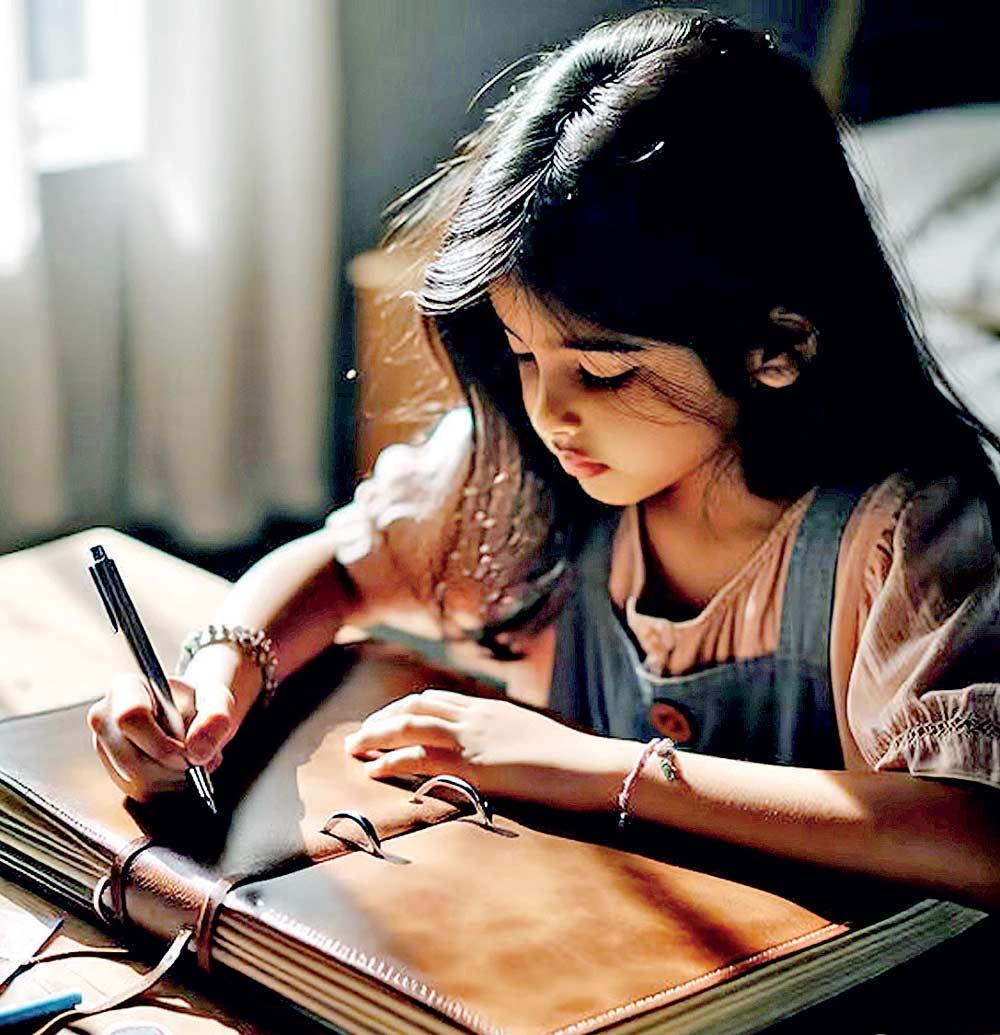
The written word is more than a tool for communication, and it is definitely more than something of a bygone era. To see and show that orthography is still relevant and necessary, parents need to encourage reading beyond the surface by asking open-ended questions, discussing themes, and, most importantly, modelling a love for literature themselves. Every experience is a learning opportunity to expose children to new perspectives, thoughts, and emotions, and parents need to encourage children to explore new ideas rather than clipping their wings. Technology is here to stay, and it can be a powerful tool when used wisely. But if we allow convenience to replace true effort and contemplation, we risk raising a generation that skims through life rather than truly living it.
In an age where AI can mimic language but not true understanding, let us ensure that the next generation does not lose the ability to express themselves with clarity, depth, and authenticity, especially through writing. Will we embrace technology while still valuing the foundational skills that make us human? Will we choose to foster minds that question, interpret, and feel deeply? The answer lies in the stories we tell, the words we cherish, and the effort we make to keep the art of thought alive.
The choice is ours.

